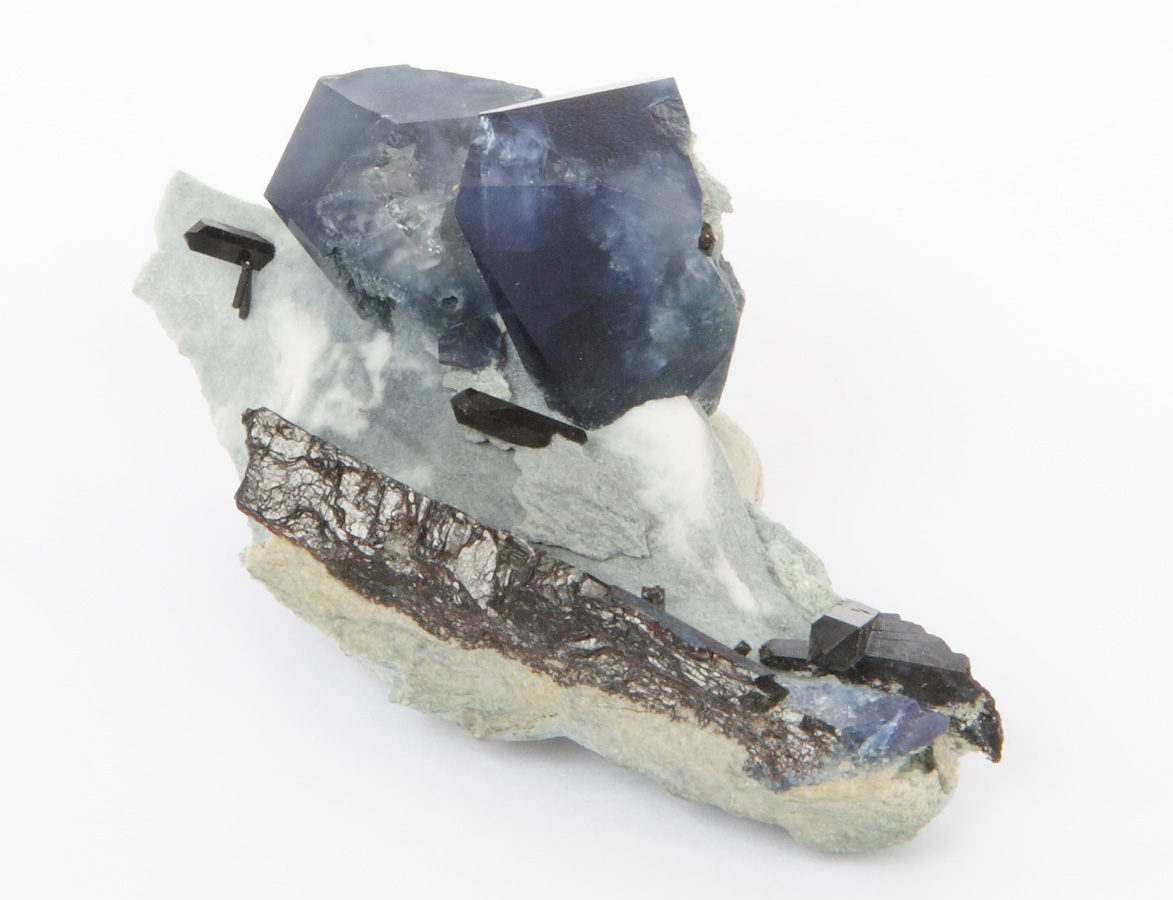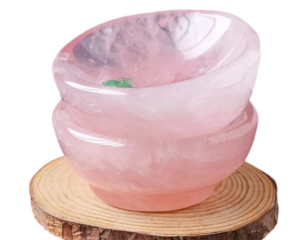The blue crystals of benitoite were only discovered in 1906, by a mineral prospector who mistook them for sapphires. Crystals are shaped like flattened triangles, and have a strong dispersion similar to diamond, but this is masked by the colour. Dichroism is strong: the stone appears blue or colourless when viewed from different angles. Colourless crystals occur, but are rarely faceted.
Crystals occur in veins in blue schists. The sole source is in San Benito County, California (USA), after which the stone is named.




























Leave a Reply
You must be logged in to post a comment.